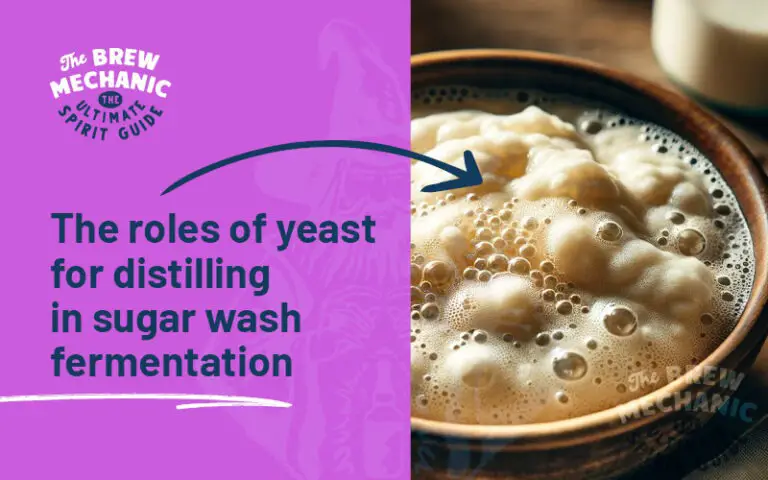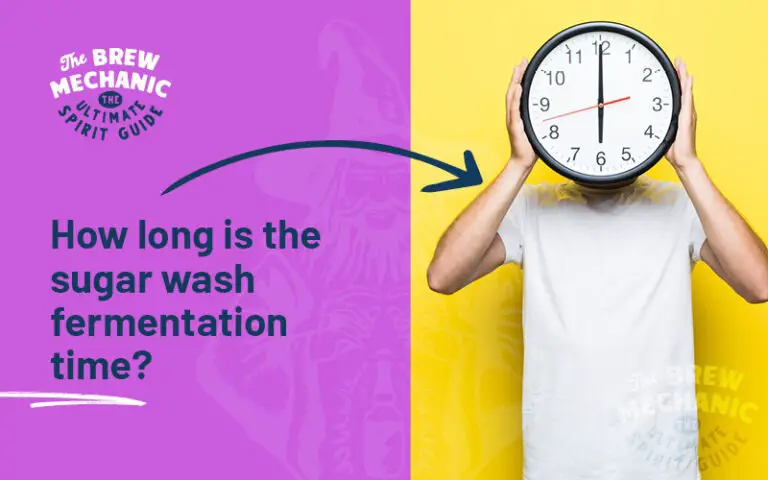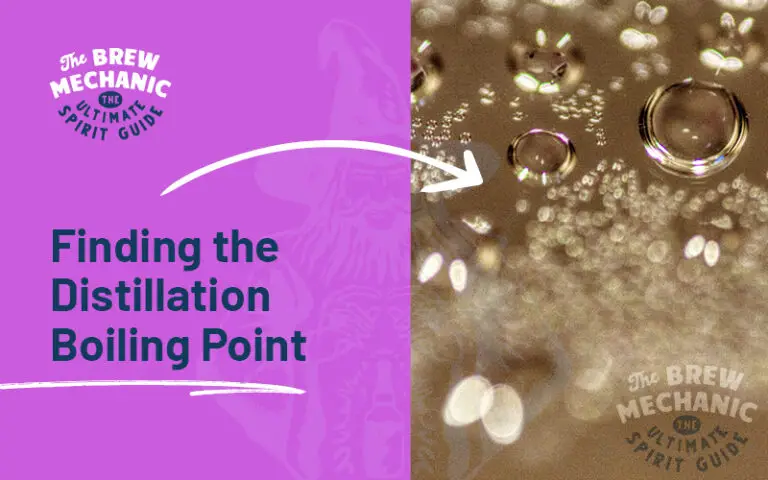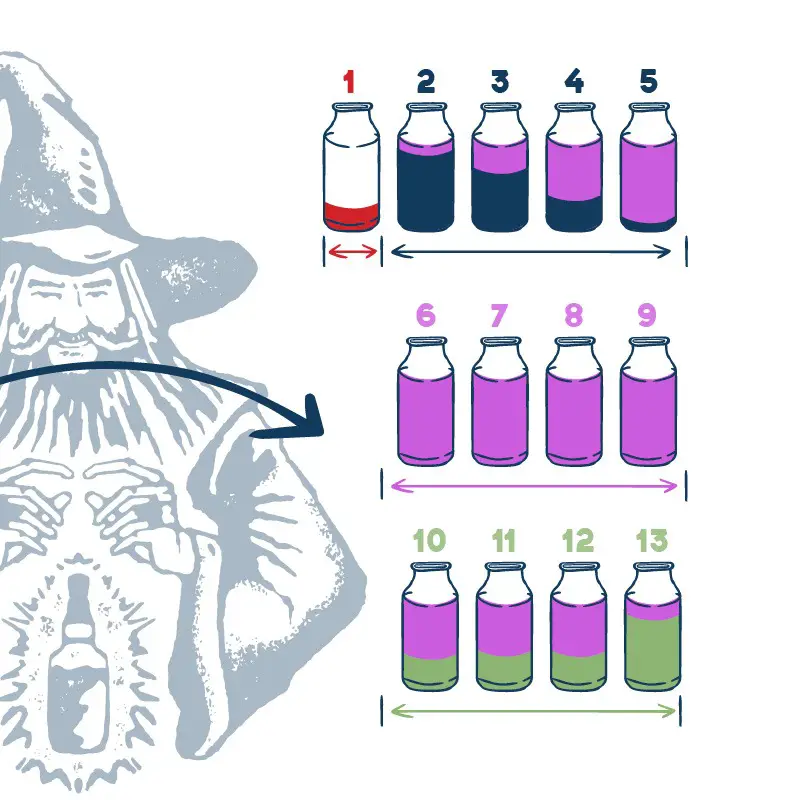The short history of gin!
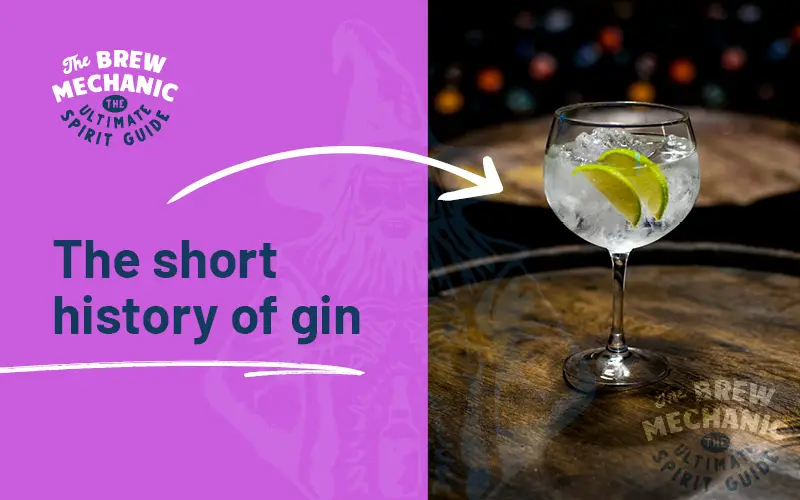
Disclaimer: This post might include affiliate links, through which I may earn a small commission without any extra cost to you. Additionally, I am an Amazon Associate and earn from eligible purchases. All the products and services I suggest are ones I have personally used or would use. Thank you very much for your support if you decide to buy through any of my links!
Come join the Distilling Squad!
Get the best fundamental tips & tricks here. Woohoo!
The history of Gin is fascinating as it dates back centuries, evolving from a medicinal tonic to a beloved spirit. Let’s take a casual stroll through the history of gin and learn how it’s made, including using pot and reflux stills.
Early Beginnings
The history of gin begins in the 11th century with the Benedictine monks of Salerno, Italy. They distilled spirits with juniper berries, believed to cure various ailments like indigestion and kidney issues.
Fast forward to the 1340s, the Bubonic Plague ravaged Europe, and people turned to a juniper-infused tonic, hoping to ward off the disease.
Dutch Courage Influence
By the 17th century, the Dutch were producing a spirit called ‘jenever,’ a blend of grain-based malt wine and neutral spirit infused with juniper.
During the struggle for Dutch independence from Spain, English soldiers discovered this drink, which became known as “Dutch courage” due to its calming effects before the battle.
They brought the taste for gin back to England. Winning!
The Gin Craze
Gin’s popularity soared in England in the late 1600s. William of Orange, now the English king, imposed heavy taxes on imported spirits while promoting local production.
This led to the infamous Gin Craze, where gin was cheaper than beer and widely consumed, often leading to social problems.
The Gin Act of 1751 and subsequent regulations eventually curbed the craze, paving the way for better-quality production.
Modern Innovations
In the 19th century, Aeneas Coffey’s invention of the continuous still revolutionized gin production. This new still allowed for more efficient and higher quality distillation.
The British Navy’s global presence popularized gin further, especially when mixed with tonic water to combat malaria in tropical climates, giving birth to the iconic Gin and Tonic (G&T).
Making Gin Today
Gin can be made using different types of stills, each influencing the flavour and quality of the final product. Perfect for a distiller to make an epic style of gin which has resulted in heaps of distilleries.
Pot Still Method
Reflux Still Method
Flavoring Gin
Gin’s versatility comes from the endless possibilities for flavouring. While juniper is the defining botanical, many other ingredients can be used for their aroma:
History of Gin summarised!
The history of gin is rich with the variety of production methods and flavourings make it a beloved and versatile spirit.
Whether you’re enjoying a classic Gin and Tonic or experimenting with unique botanicals, there’s always something new to discover in the world of gin!
Last Updated on June 20, 2024 by The Brew Mechanic
Disclosure: I may receive affiliate compensation for some of the links below at no cost to you if you decide to purchase a product or service. You can read our affiliate disclosure in our privacy policy. The information provided is for entertainment only.

With 35 years of knowledge of being a chemical engineer in alcohol manufacturing plants, my mission is to teach the next generation of home distilling alcohol brewers at a supernatural speed.
My reviews are based on real-life experiences with reflux stills, sugar wash, troubleshooting and mystical chemical reactions.

